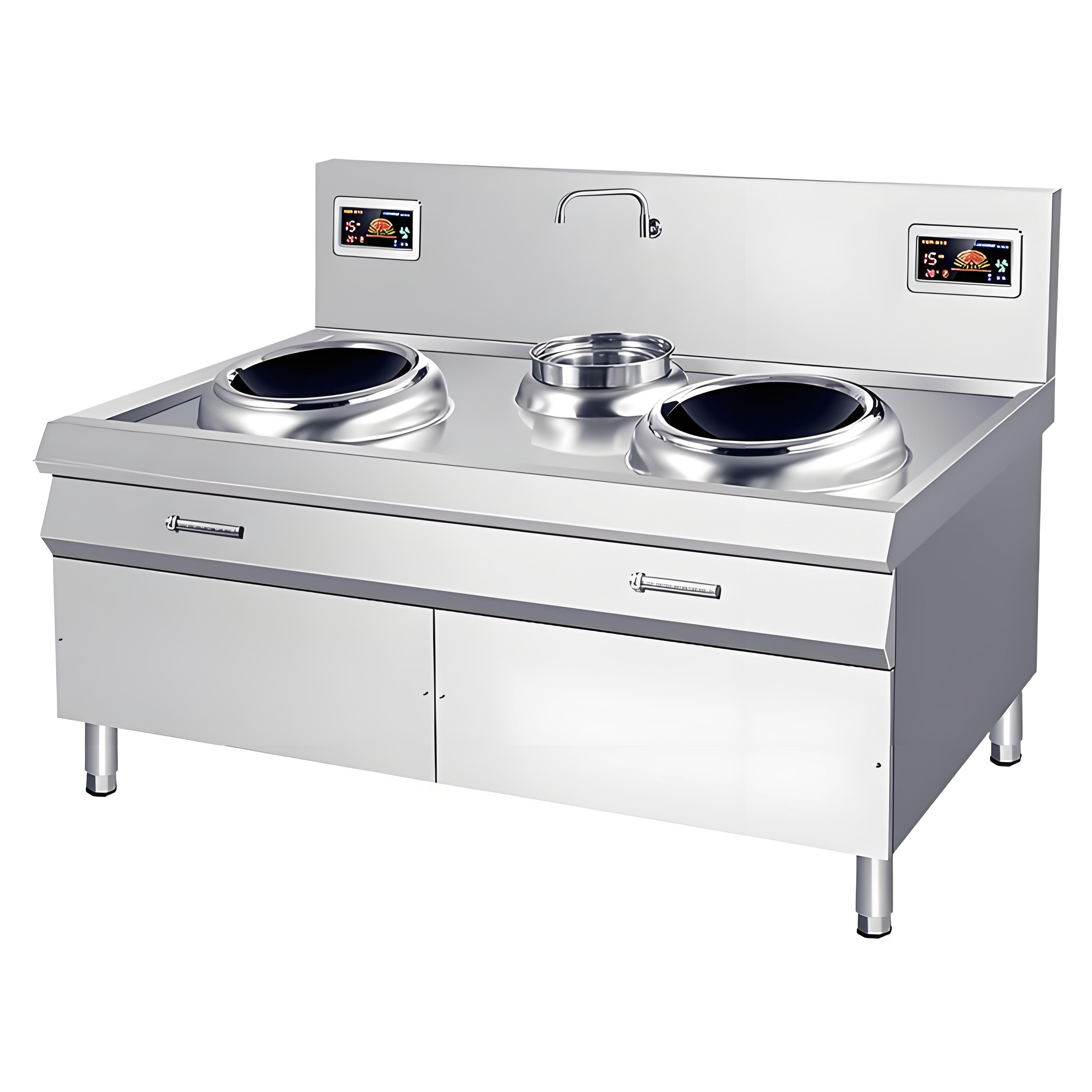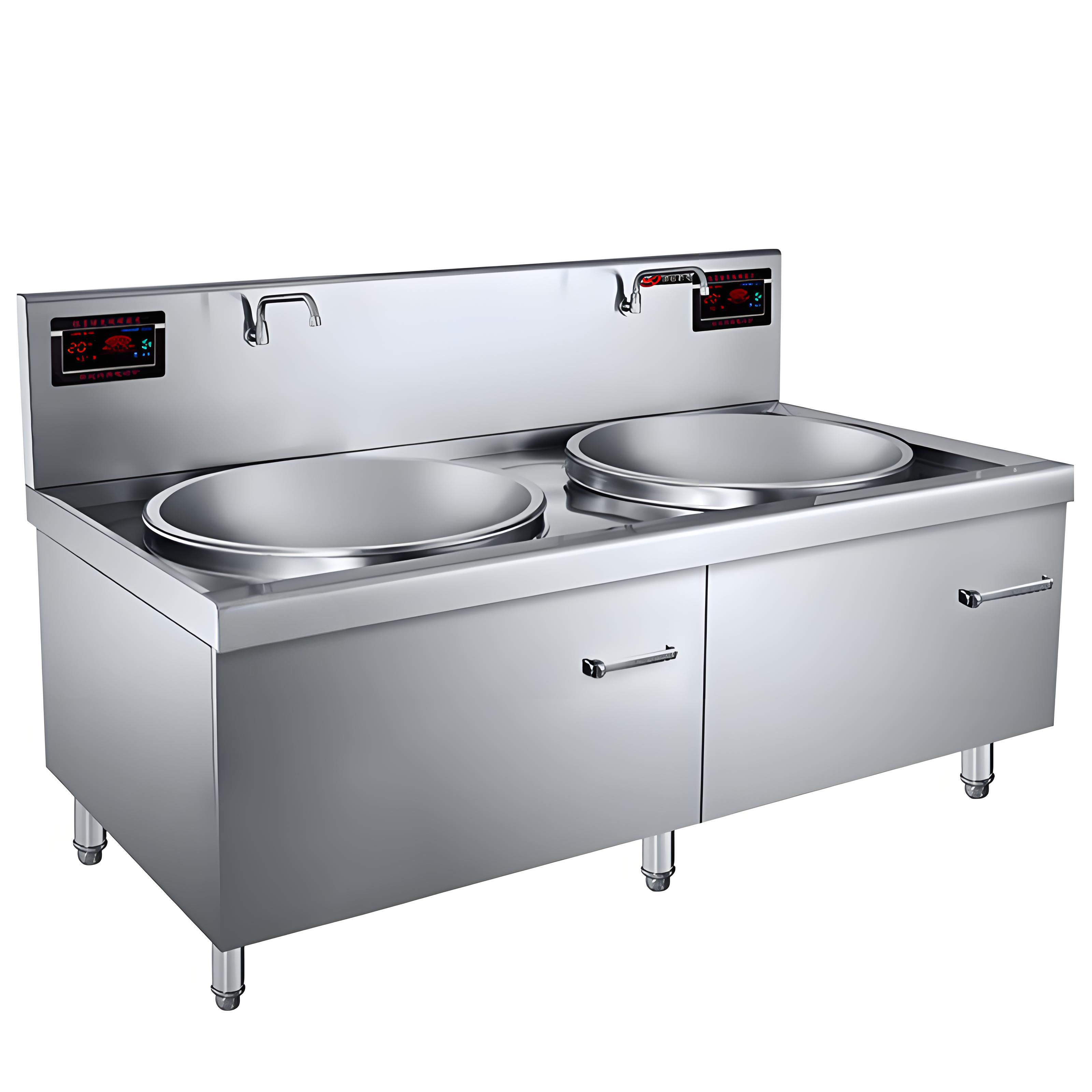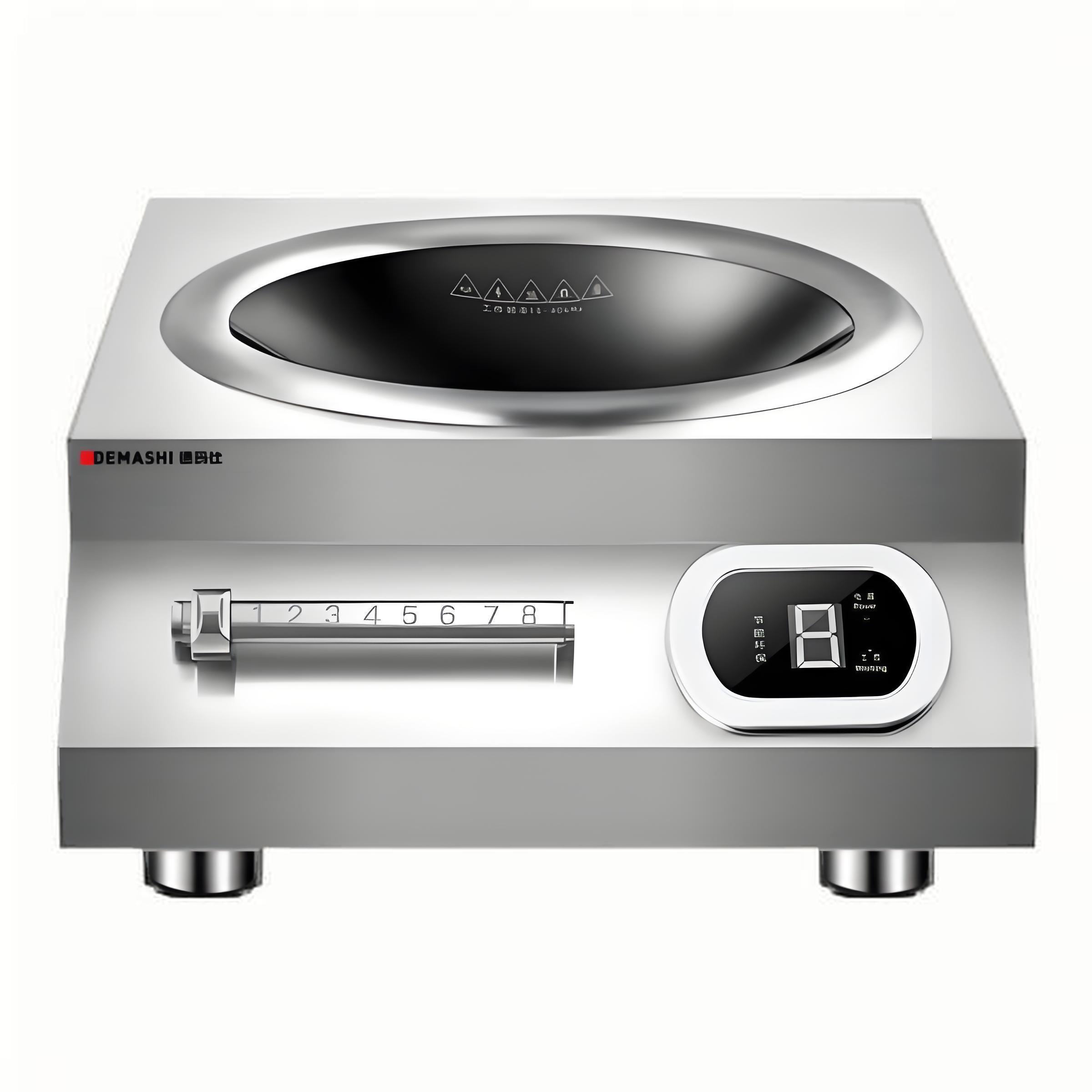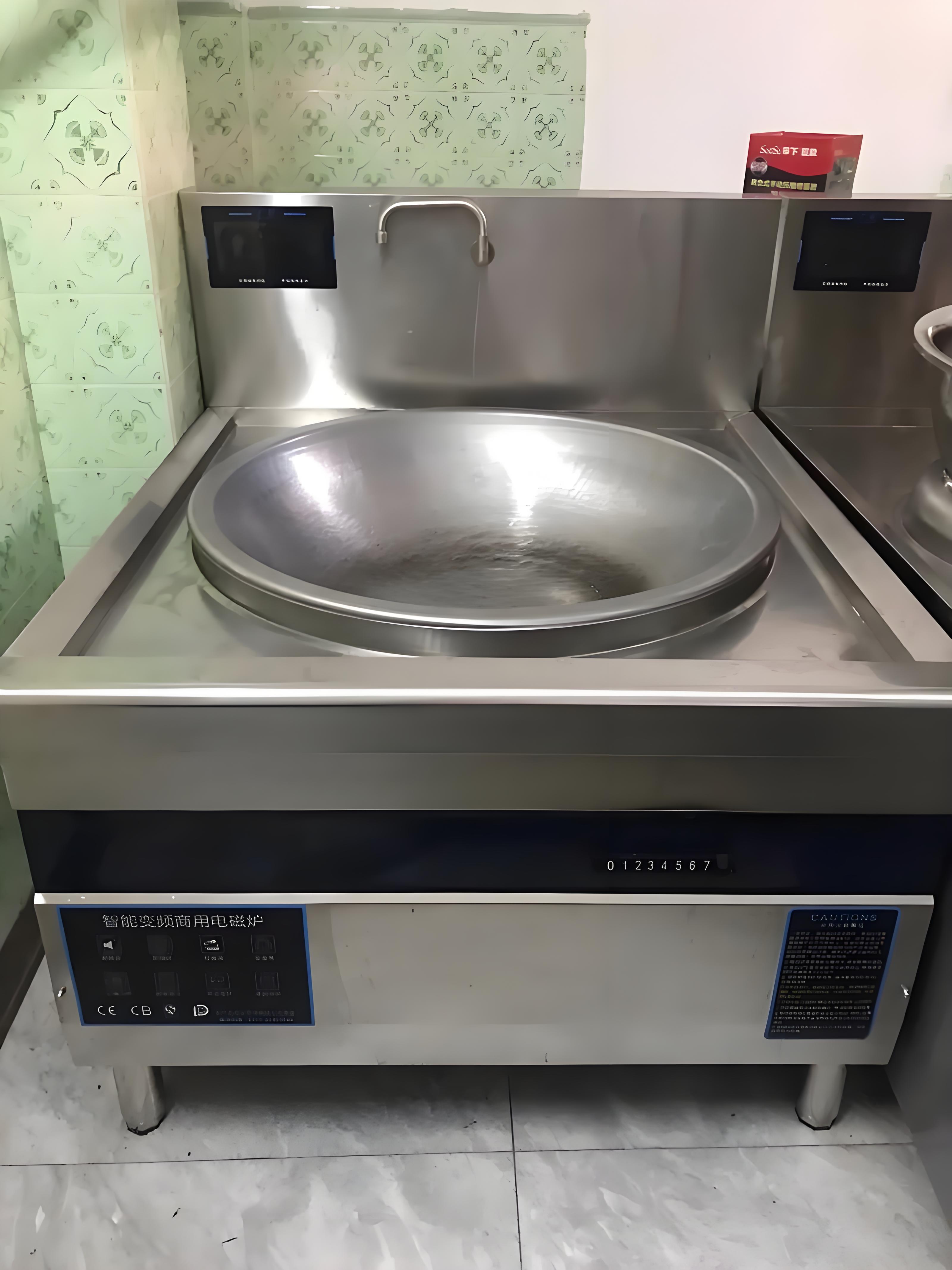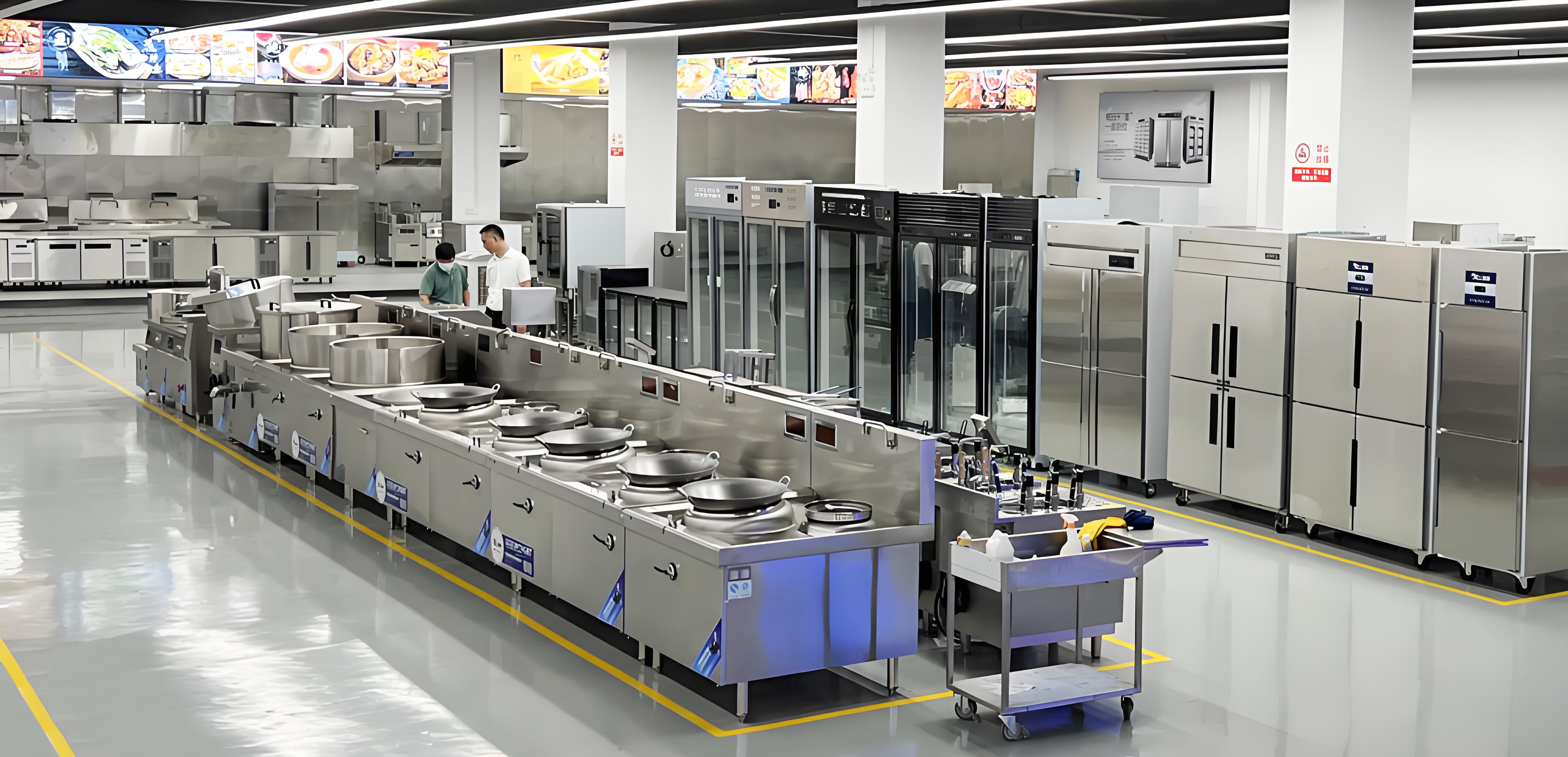As someone who’s spent years troubleshooting commercial kitchen equipment, I’ve dealt with plenty of frantic calls from chefs and restaurant managers about appliances acting up. One of the most common complaints I hear is about an induction cooker that keeps tripping the breaker, often at the worst possible moment—like during a packed dinner service. It’s frustrating, disruptive, and can even pose safety risks if not addressed properly. Having worked with kitchens of all sizes, from small cafes to five-star hotels, I’ve seen this issue pop up time and again. In this article, I’ll walk you through the main reasons an induction cooker trips the breaker, share practical solutions based on my hands-on experience, and offer tips to prevent it from happening again. Let’s dive in and get your kitchen back on track.

Understanding Why Induction Cookers Trip Breakers
Induction cookers are a favorite in both home and commercial kitchens for their speed, efficiency, and precision. But their high power consumption—often requiring 208-240V and 20-50 amps in commercial units—makes them prone to tripping circuit breakers, especially in busy environments. A breaker trip is your electrical system’s way of saying, “Something’s not right!” The causes can range from simple overloads to serious wiring issues. Over the years, I’ve learned that pinpointing the root cause is key to finding a lasting fix. Below, I’ll break down the most common reasons and how to address them, drawing from real-world cases I’ve handled.
Common Causes and Solutions
Here’s a detailed look at why your induction cooker might be tripping the breaker, along with step-by-step solutions to resolve each issue.
1. Overloaded Circuit
One of the most frequent culprits I encounter is an overloaded electrical circuit. Induction cookers draw a lot of power, and if they’re sharing a circuit with other high-wattage appliances, the breaker can trip to prevent overheating.
How It Happens: In many kitchens, multiple appliances—like refrigerators, microwaves, or additional burners—are plugged into the same circuit. If the total amperage exceeds the breaker’s rating (e.g., 20 amps), it trips. I’ve seen this in older restaurants where outdated wiring wasn’t designed for modern equipment.
Signs: The breaker trips when multiple appliances are running simultaneously, or only during peak kitchen hours.
Solution:
Check the Circuit Load: Use a clamp meter to measure the total amperage on the circuit when the cooker is on. If it’s near or above the breaker’s rating, you’re overloading it.
Redistribute Appliances: Move other appliances to different circuits. For example, I helped a café stop breaker trips by plugging their coffee machine into a separate circuit.
Install a Dedicated Circuit: For commercial induction cookers, a dedicated 30-50 amp circuit is ideal. Hire an electrician to install one (cost: $200-$800, depending on wiring complexity).
My Take: An overloaded circuit is the easiest issue to fix with proper planning. Always ensure your induction cooker has its own circuit in high-use kitchens.
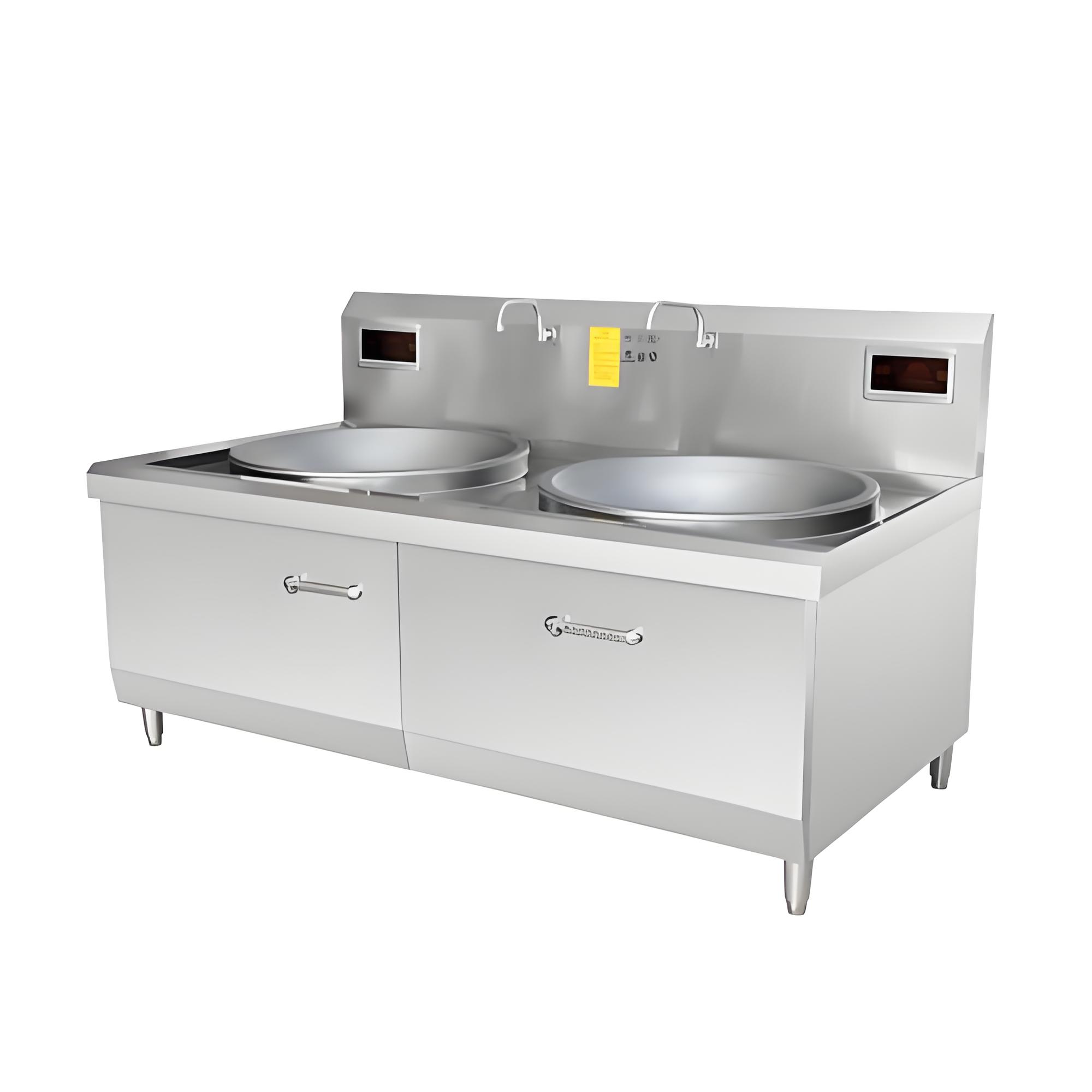
2. Faulty or Undersized Breaker
Sometimes, the problem lies with the circuit breaker itself. A breaker that’s too small for the cooker’s power needs or one that’s worn out can trip unnecessarily.
How It Happens: If your breaker is rated for 15 or 20 amps but your cooker requires 30 amps, it’ll trip every time. Older breakers can also become “weak” and trip at lower loads. I once worked with a hotel kitchen where a 15-year-old breaker was the root cause of frequent trips.
Signs: The breaker trips even when the cooker is the only appliance running, or it feels warm to the touch.
Solution:
Check Breaker Rating: Verify that the breaker’s amperage matches the cooker’s requirements (check the manual or nameplate, e.g., “30A, 240V”).
Replace the Breaker: If the breaker is undersized or faulty, have an electrician replace it with a correctly rated one (cost: $50-$200).
Test for Wear: If the breaker is old, ask the electrician to test its performance with a multimeter.
My Take: A mismatched or worn-out breaker is a common issue in older buildings. Upgrading it can save you from repeated headaches.
3. Short Circuit or Wiring Issues
A short circuit or faulty wiring in the cooker or the kitchen’s electrical system can cause breaker trips. This is a more serious issue that often requires professional attention.
How It Happens: Damaged wires, loose connections, or exposed conductors can create a short circuit, causing a sudden surge that trips the breaker. I’ve seen this in kitchens where cords were pinched under heavy equipment or where wiring was improperly installed.
Signs: The breaker trips immediately when the cooker is turned on, or you notice burn marks, buzzing, or a burning smell near the outlet or cord.
Solution:
Inspect the Power Cord: Check for frayed wires, burn marks, or damage. Replace a damaged cord with a manufacturer-approved one (cost: $20-$100).
Check Outlet and Wiring: Have an electrician inspect the outlet and wiring for loose connections or damage (cost: $100-$500).
Test for Shorts: Use a multimeter to check for continuity between the cooker’s live and neutral wires. If there’s a short, the cooker’s internal wiring or components may need repair.
My Take: Short circuits are dangerous and require immediate attention. Don’t ignore signs like burning smells—call a professional right away.
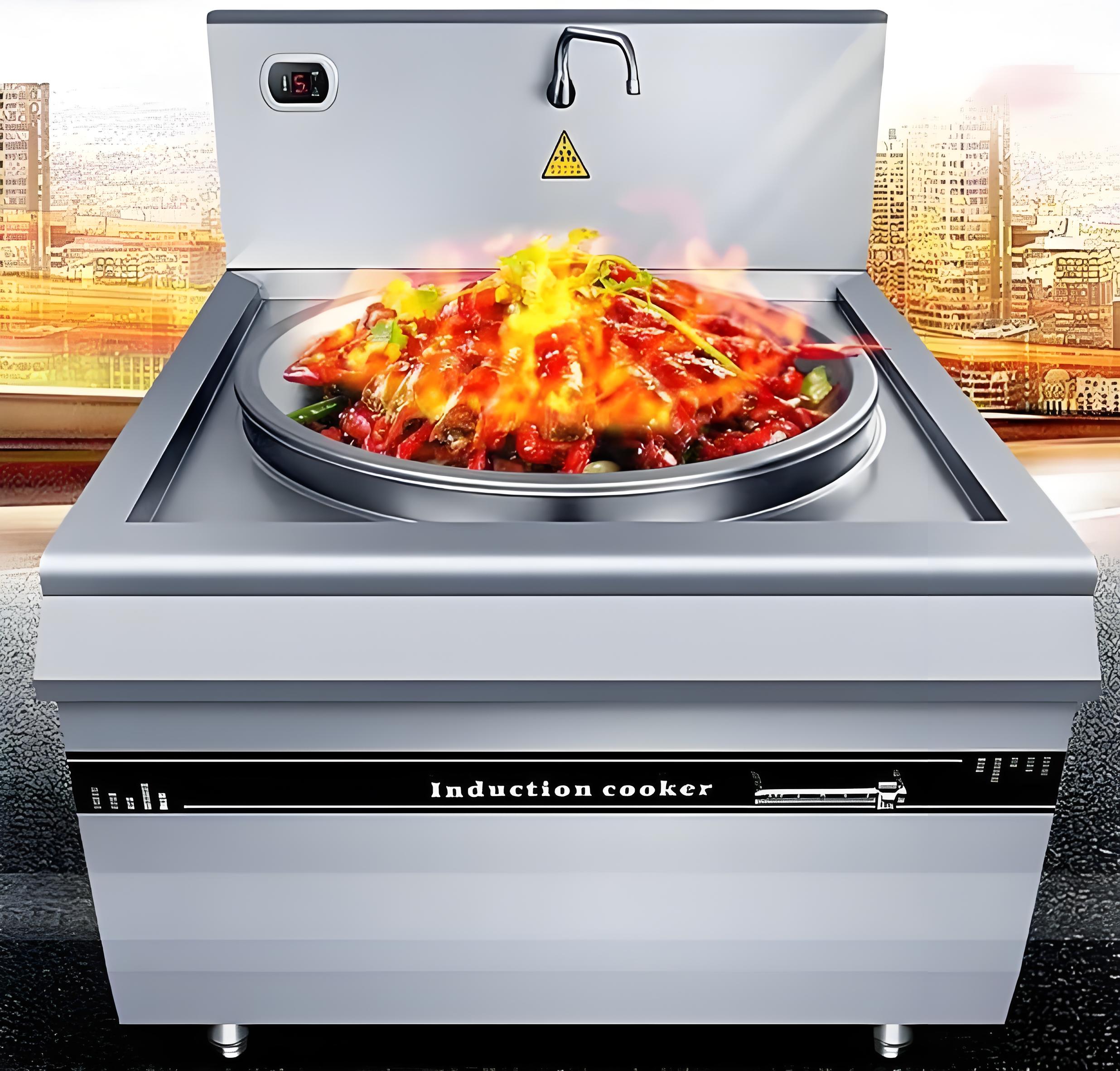
4. Ground Fault Issues
Some breakers, especially GFCI (Ground Fault Circuit Interrupter) or AFCI (Arc Fault Circuit Interrupter) types, trip when they detect a ground fault—an unintended path for electricity, often due to moisture or faulty components.
How It Happens: In humid kitchen environments, moisture can seep into the cooker’s electronics, causing a ground fault. Faulty internal components, like the control board, can also trigger this. I’ve seen this in coastal restaurants where humidity was a constant issue.
Signs: The breaker trips randomly, even at low power settings, or after cleaning the cooker.
Solution:
Dry the Unit: If moisture is suspected, unplug the cooker and let it dry for 24 hours in a well-ventilated area.
Clean Carefully: Avoid spraying water directly on the cooker during cleaning. Use a damp cloth instead.
Call a Technician: If drying doesn’t help, the cooker’s internal components (e.g., control board or wiring) may be faulty, requiring repair (cost: $200-$800).
My Take: Ground faults are common in wet environments. Proper cleaning habits and humidity control can prevent them.
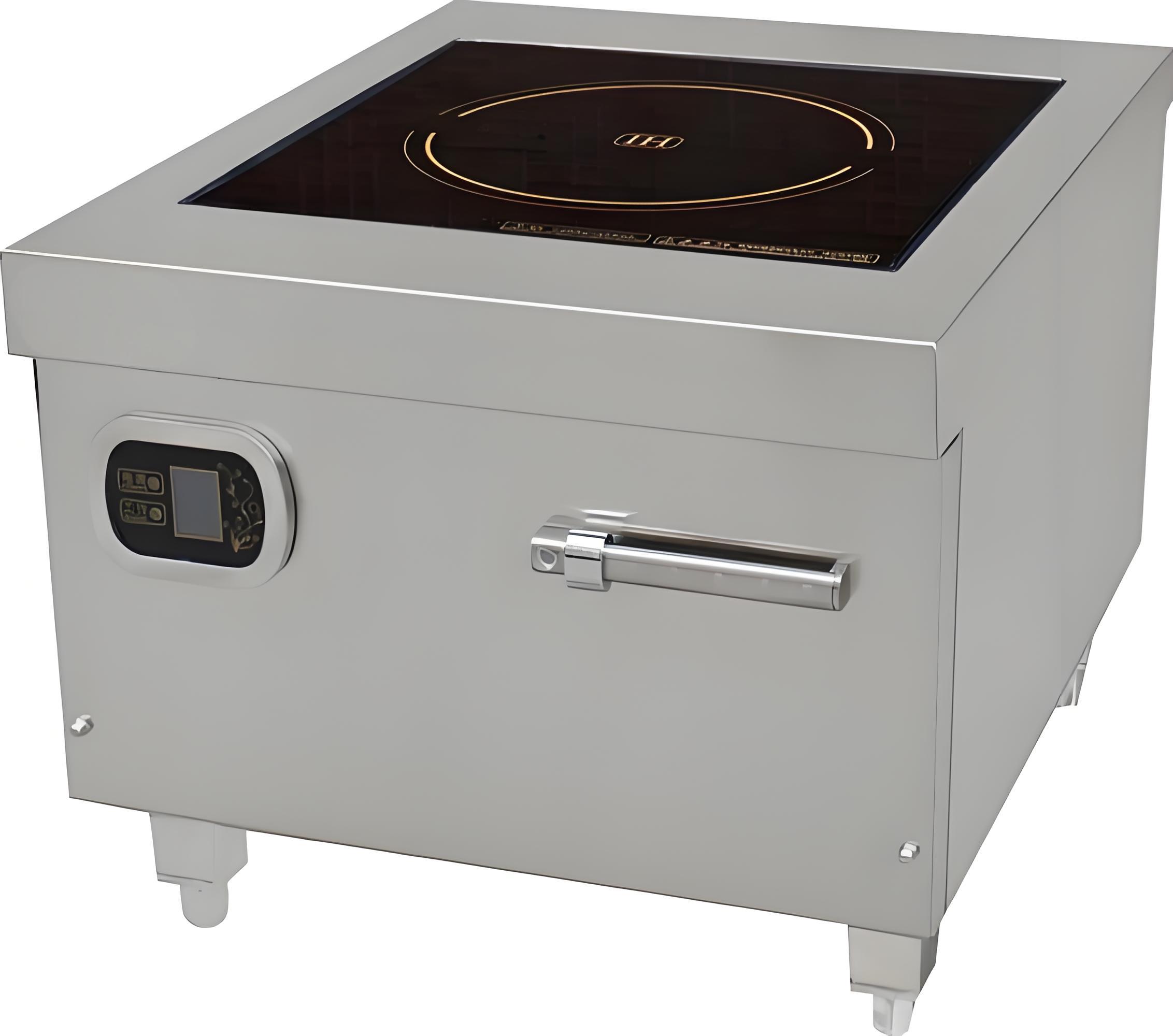
5. Faulty Induction Cooker Components
If the electrical system checks out, the issue may lie within the induction cooker itself, such as a malfunctioning power board, inverter, or cooling fan.
How It Happens: The power board regulates electricity, the inverter converts power for induction, and the fan prevents overheating. A failure in any of these can cause excessive current draw, tripping the breaker. I’ve seen this in heavily used units that weren’t maintained properly.
Signs: The breaker trips after the cooker runs for a few minutes, or you hear unusual noises like buzzing or clicking.
Solution:
Check Ventilation: Ensure the fan is working and vents are clear. A clogged fan can cause overheating, leading to trips.
Test Components: A technician can use diagnostic tools to check the power board, inverter, or coil (cost: $100-$300 for diagnostics).
Replace Faulty Parts: Repairs like replacing a power board or inverter cost $300-$1,200, depending on the model.
My Take: Component failures are less common but more expensive. Regular maintenance can catch these issues early.
6. Overheating Due to Improper Use
Induction cookers can overheat if used improperly, triggering safety mechanisms that trip the breaker to prevent damage.
How It Happens: Running the cooker at maximum power for extended periods, using non-compatible cookware, or blocking vents can cause overheating. I once helped a restaurant where chefs were using aluminum pans, causing the unit to overheat and trip.
Signs: The breaker trips after prolonged use, or the cooker feels unusually hot.
Solution:
Use Compatible Cookware: Ensure pans are ferromagnetic (e.g., cast iron or stainless steel). Test with a magnet—if it sticks, it’s compatible.
Allow Cooldown: Let the cooker rest for 30-60 minutes after heavy use.
Clear Vents: Ensure proper airflow around the unit. Move it away from walls or other equipment.
My Take: Overheating is preventable with proper use and training. Educate staff to avoid these mistakes.
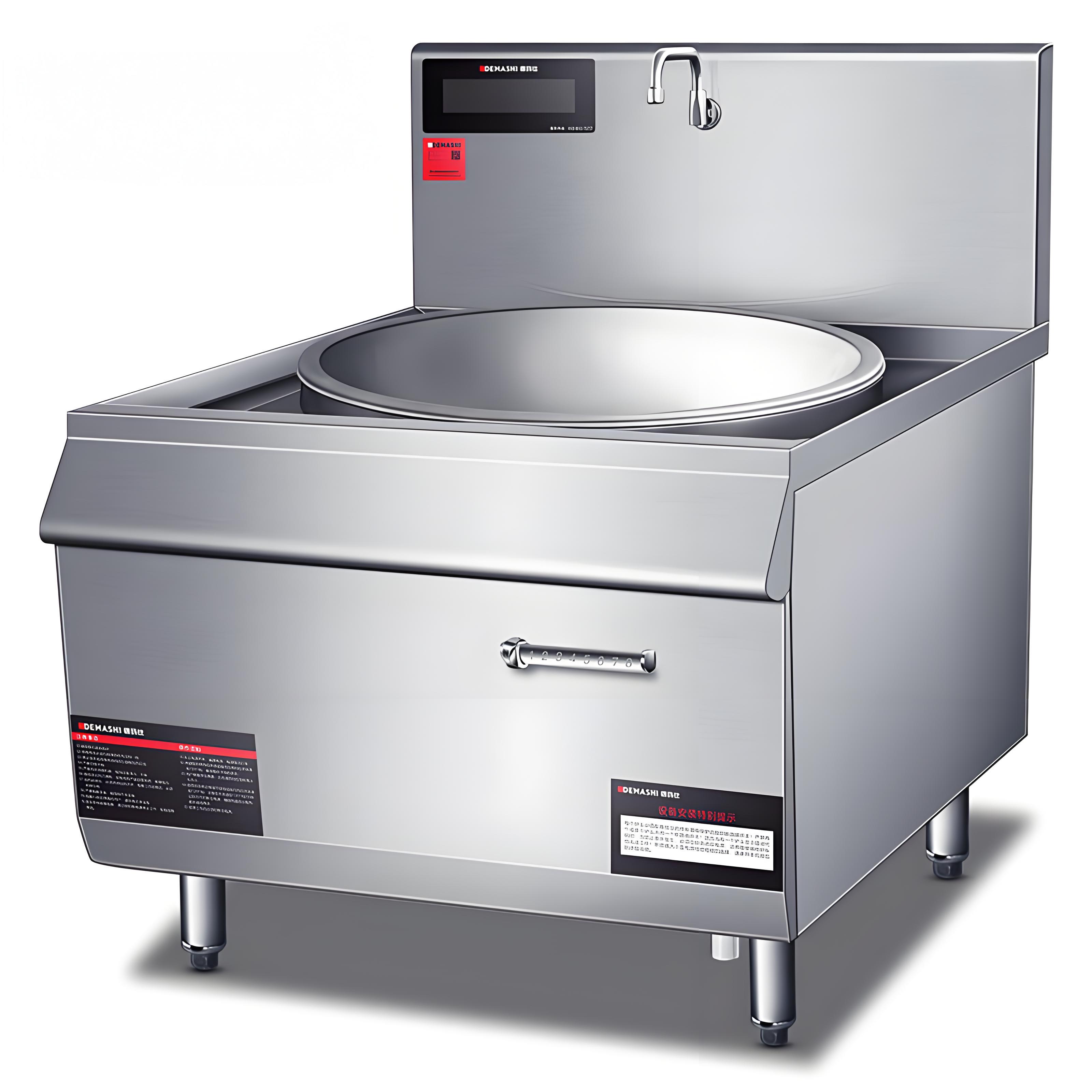
Troubleshooting Checklist
To help you diagnose the issue quickly, here’s a table summarizing the causes and solutions for an induction cooker tripping the breaker:
| Cause | Symptoms | Solution | Estimated Cost |
|---|---|---|---|
| Overloaded Circuit | Trips with other appliances on | Redistribute appliances, add circuit | $0-$800 |
| Faulty Breaker | Trips even with only cooker on | Replace breaker | $50-$200 |
| Short Circuit | Immediate trip, burning smell | Inspect/replace cord, wiring | $20-$500 |
| Ground Fault | Random trips, worse after cleaning | Dry unit, repair components | $0-$800 |
| Faulty Components | Trips after running, noises | Test/repair power board, inverter | $300-$1,200 |
| Overheating | Trips after prolonged use | Use correct cookware, clear vents | $0 |
My Experience: Real-World Fixes
A few years back, I was called to a busy restaurant where their Vollrath induction cooker kept tripping the breaker during lunch rushes. The kitchen was packed, and the staff was frustrated. I checked the circuit and found that the cooker was sharing it with a deep fryer and a microwave—classic overload. We moved the fryer to another circuit, and the problem stopped instantly. In another case, a hotel’s Electrolux unit was tripping due to a frayed power cord pinched under a prep table. Replacing the cord for $50 fixed it, but it was a reminder to check equipment placement. These experiences taught me that systematic checks and attention to detail can save time and money.

Preventive Maintenance Tips
To keep your induction cooker from tripping breakers and ensure it lasts, follow these tips from my years in the field:
Use a Dedicated Circuit: Always plug commercial induction cookers into a dedicated 30-50 amp circuit to avoid overloads.
Inspect Wiring Regularly: Check cords and outlets quarterly for wear, especially in high-traffic kitchens.
Clean Properly: Wipe the cooker daily with a damp cloth, avoiding water near electronics or vents.
Train Staff: Teach kitchen staff to use ferromagnetic cookware and avoid running multiple high-power appliances on the same circuit.
Schedule Annual Checks: Have a technician inspect the cooker and electrical system yearly to catch issues early (cost: $100-$300).
When to Call a Professional
If you’ve tried the above steps and the breaker still trips, it’s time to call a certified electrician or appliance technician. Here’s when to seek help:
Persistent Trips: If the breaker trips despite moving appliances or replacing the cord.
Electrical Hazards: If you see sparks, smell burning, or suspect a short circuit.
Component Issues: If diagnostics point to a faulty power board, inverter, or other internal parts.
Expect costs of $100-$200/hour for labor, plus parts. Contact the manufacturer’s service line or a local commercial appliance repair service for help.
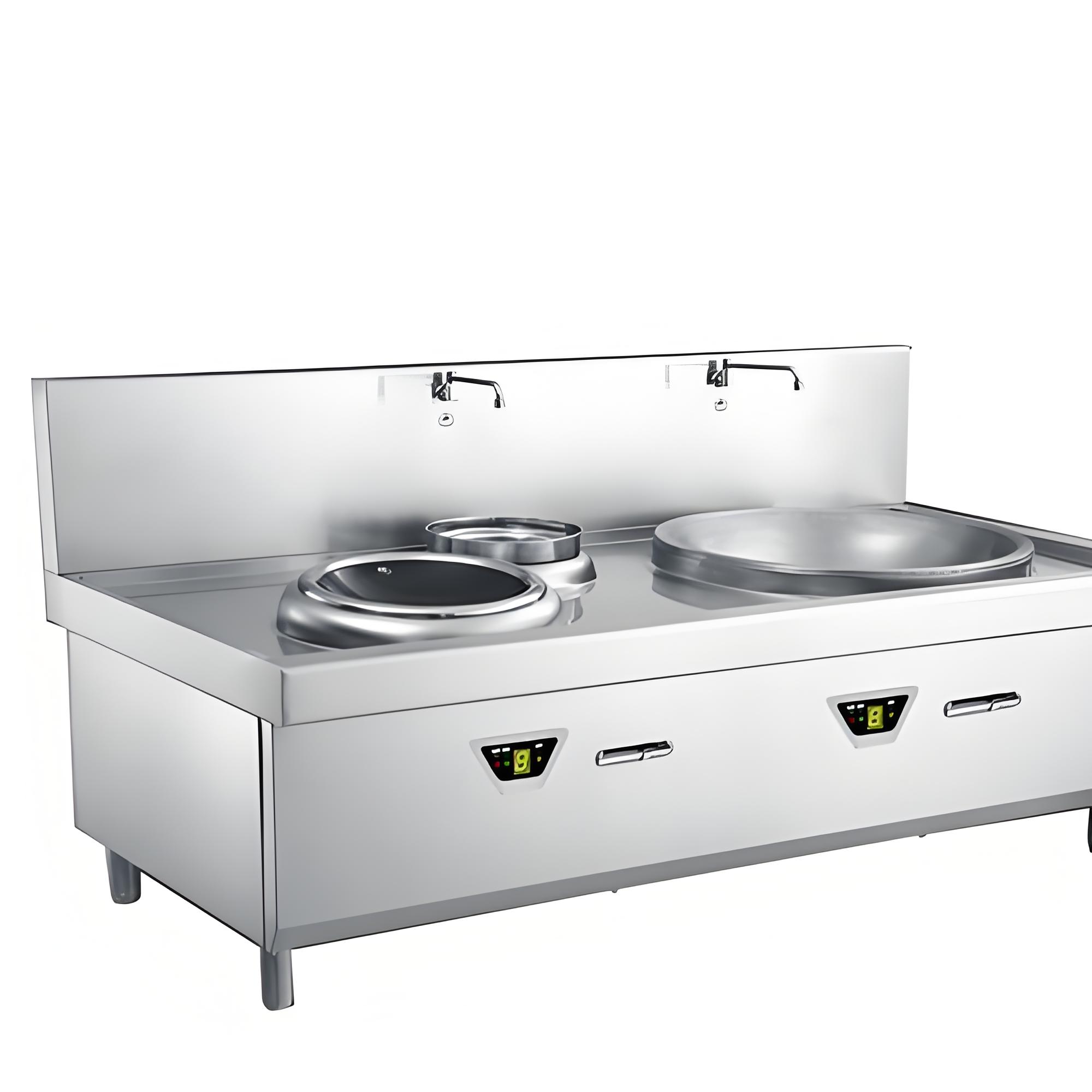
A Personal Story: Turning Chaos into Calm
Last summer, I got a call from a frantic restaurant owner whose InductoTherm unit was tripping the breaker during a fully booked weekend. The kitchen was in disarray, with orders piling up. I arrived and noticed the cooker was on the same circuit as two other appliances. After moving them to separate outlets, the tripping stopped, but I also found the breaker was undersized (20 amps for a 30-amp cooker). An electrician upgraded it the next day, and the kitchen ran smoothly for the rest of the season. The owner later told me that quick fix saved their weekend. It’s moments like these that remind me how a little expertise can make a big difference.
Conclusion: Stopping Breaker Trips for Good
An induction cooker that keeps tripping the breaker is a hassle, but most causes—overloaded circuits, faulty breakers, short circuits, ground faults, component failures, or overheating—are fixable with the right approach. Start with simple checks like circuit load and cord condition, then move to professional help for complex issues. By following my troubleshooting steps and maintenance tips, you can get your cooker back online and prevent future trips. If you’re still facing issues or need advice specific to your setup, leave a comment with details, and I’ll help you sort it out!
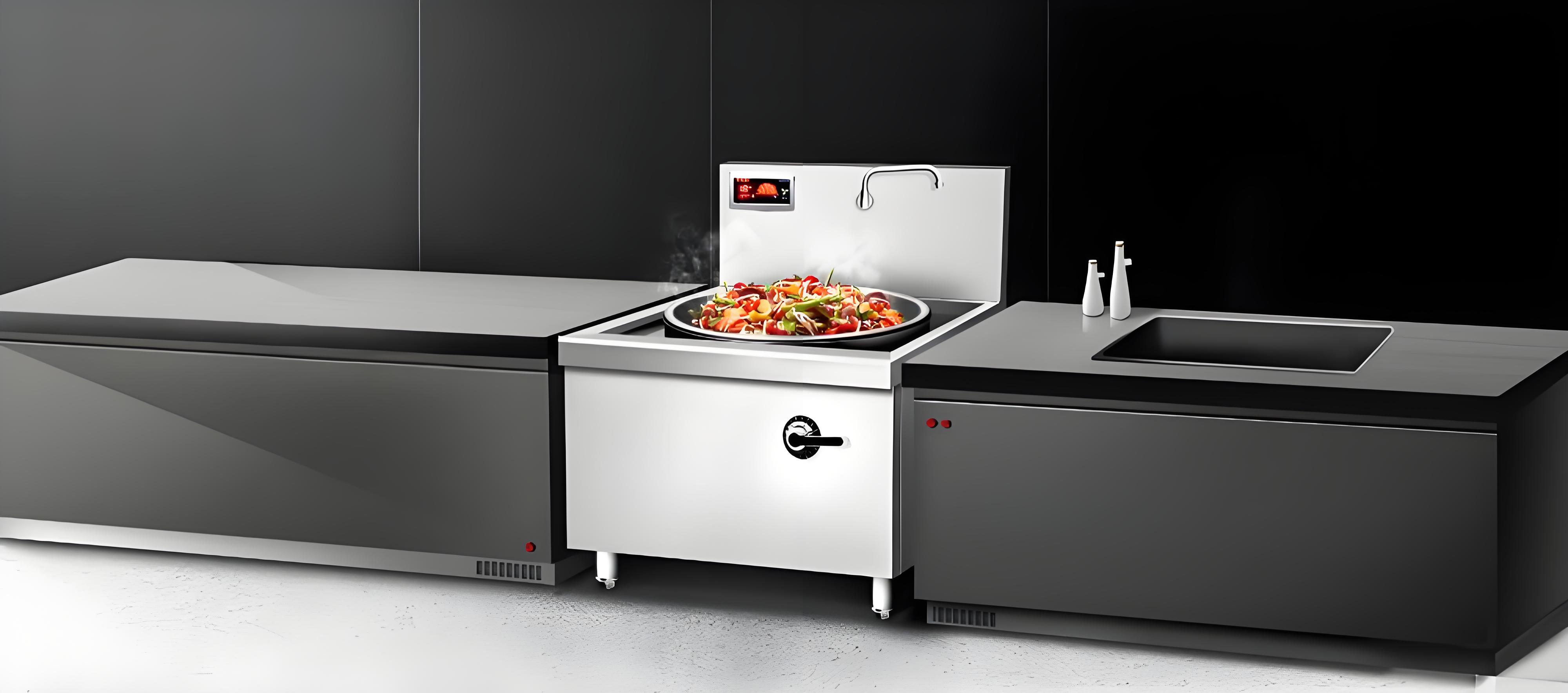
Related Q&A
Q1: Can I use an extension cord with my induction cooker to avoid circuit overload?
A: No, extension cords can’t handle the high amperage of commercial induction cookers and may cause overheating or tripping. Use a dedicated circuit instead.
Q2: How do I know if my kitchen’s wiring is outdated?
A: Signs include frequent breaker trips, flickering lights, or outlets that don’t support 240V. Have an electrician inspect your wiring (cost: $100-$300).
Q3: Can moisture from cleaning cause breaker trips?
A: Yes, moisture can create a ground fault, especially in GFCI-protected circuits. Dry the cooker thoroughly and clean with a damp cloth, not a spray.
Q4: Is it worth repairing an old induction cooker that keeps tripping?
A: If it’s less than 5-7 years old, repairs (e.g., $300-$1,200) are often cheaper than a new unit ($1,000-$5,000). For older units, consider replacement if repair costs exceed 50% of a new cooker’s price.
